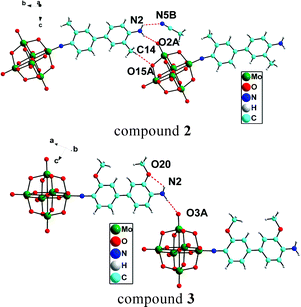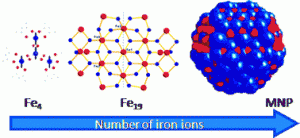
In this Dalton Transactions Hot Article, a team from the University of Florence, and Annie Powell from Karlsruhe Institute of Technology carried out a single crystal EPR study on a molecular nanomagnet (MNM).
The study was aimed at confirming the nature of the ground spin state and the fine determination of the magnetic anisotropy of an Fe19 cluster.
Fe-based MNMs like the one reported in this study can be used as models for natural systems and provide clues for understanding the growth of inorganic cores in proteins.
Read more for FREE:
Single crystal EPR study at 95 GHz of a large Fe based molecular nanomagnet: toward the structuring of magnetic nanoparticle properties
L. Castelli, M. Fittipaldi, A. K. Powell, D. Gatteschi and L. Sorace
Dalton Trans., 2011, Advance Article
DOI: 10.1039/C1DT10311C, Paper











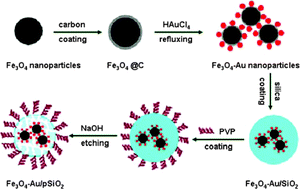
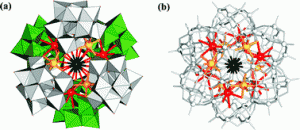
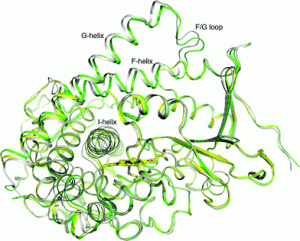
 In this HOT article, Ian Dance examines afresh the relationships between CO and H on nitrogenase cofactors following the recent finding that vanadium nitrogenase and modified molybdenum nitrogenase reduce CO to hydrocarbons. In order to assist the interpretation of kinetic infrared spectral data, vibrational frequencies and modes have been calculated for a variety of possible structures in which FeMo-co bears H atoms, or CO ligands, or both.
In this HOT article, Ian Dance examines afresh the relationships between CO and H on nitrogenase cofactors following the recent finding that vanadium nitrogenase and modified molybdenum nitrogenase reduce CO to hydrocarbons. In order to assist the interpretation of kinetic infrared spectral data, vibrational frequencies and modes have been calculated for a variety of possible structures in which FeMo-co bears H atoms, or CO ligands, or both.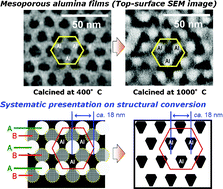 In this HOT article, Wu and Yamauchi et al., reported the synthesis of highly ordered mesoporous alumina thin films existing both as P63/mmc and Fm-3m mesostructures by using triblock copolymer Pluronic P123 as a structure-directing agent and their framework crystallization to γ-alumina phase at 1000 °C. During the crystallization process, large uniaxial shrinkage occurred along the direction perpendicular to the substrate with the retention of horizontal mesoscale periodicity, thereby forming vertically oriented nanopillars on the film surface.
In this HOT article, Wu and Yamauchi et al., reported the synthesis of highly ordered mesoporous alumina thin films existing both as P63/mmc and Fm-3m mesostructures by using triblock copolymer Pluronic P123 as a structure-directing agent and their framework crystallization to γ-alumina phase at 1000 °C. During the crystallization process, large uniaxial shrinkage occurred along the direction perpendicular to the substrate with the retention of horizontal mesoscale periodicity, thereby forming vertically oriented nanopillars on the film surface.
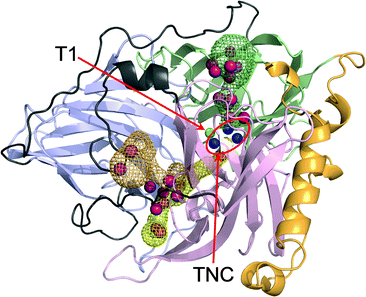
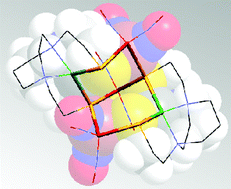 This Dalton Transactions Hot article explores metalloligands inspired by the active site of enzymes.
This Dalton Transactions Hot article explores metalloligands inspired by the active site of enzymes.